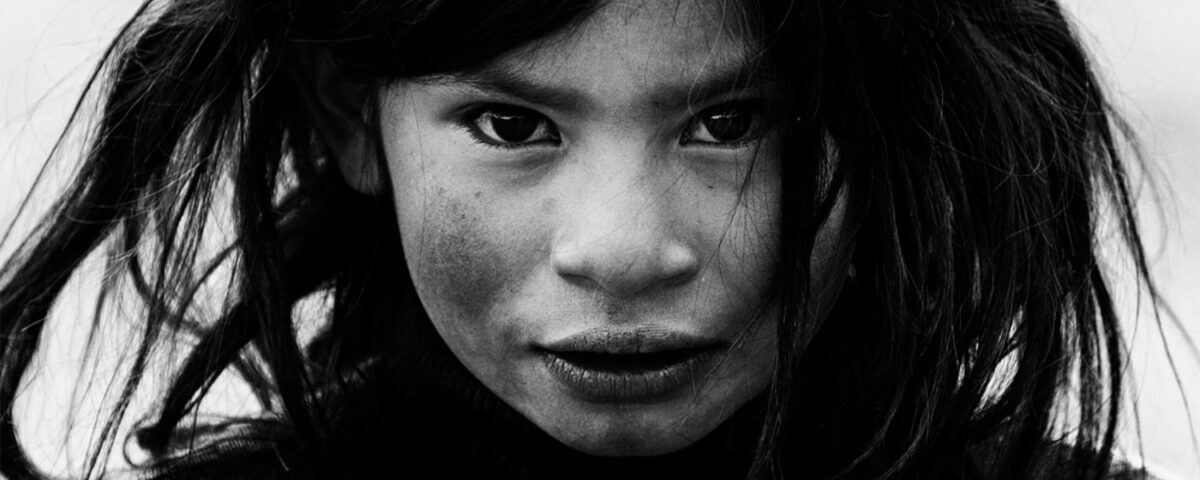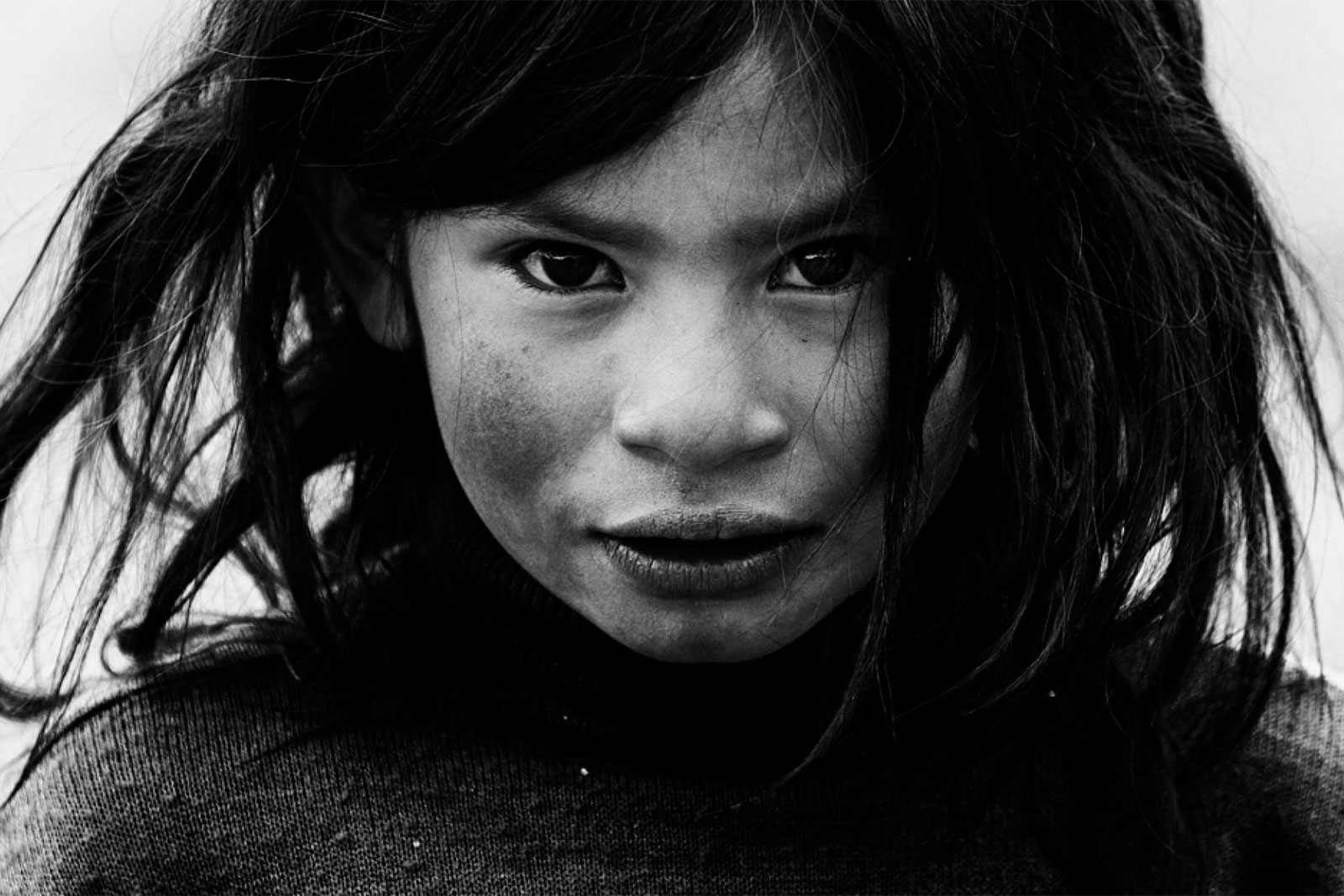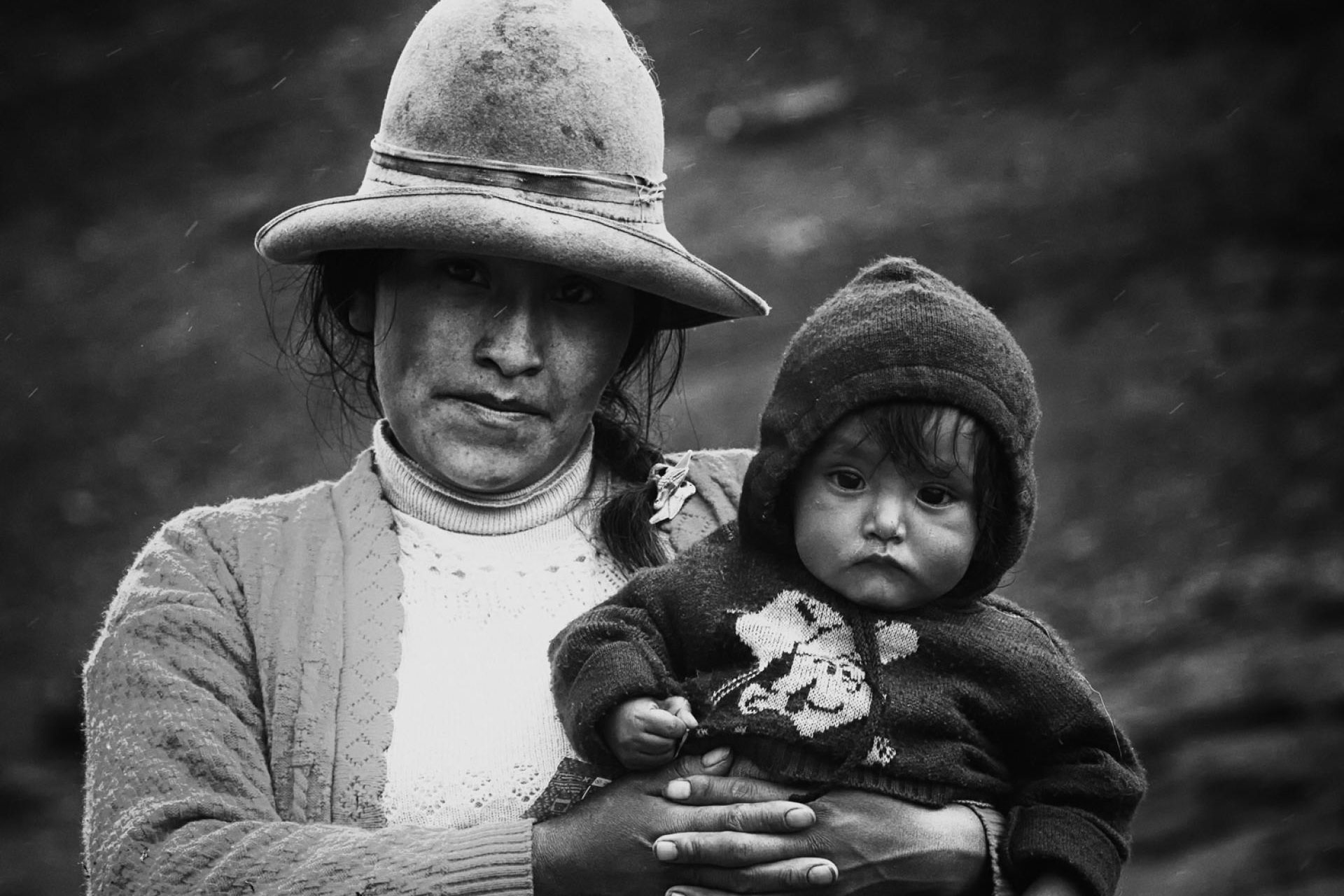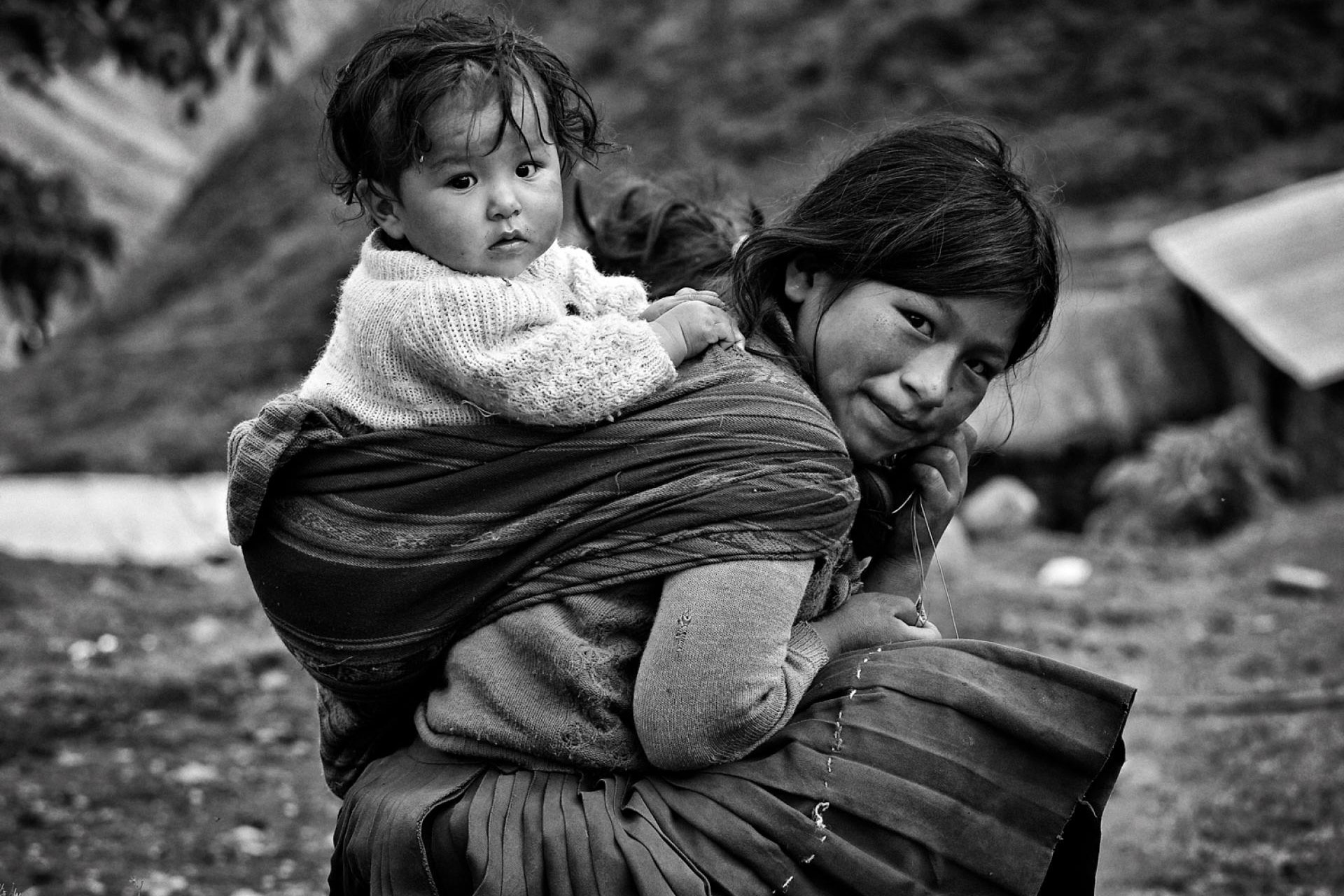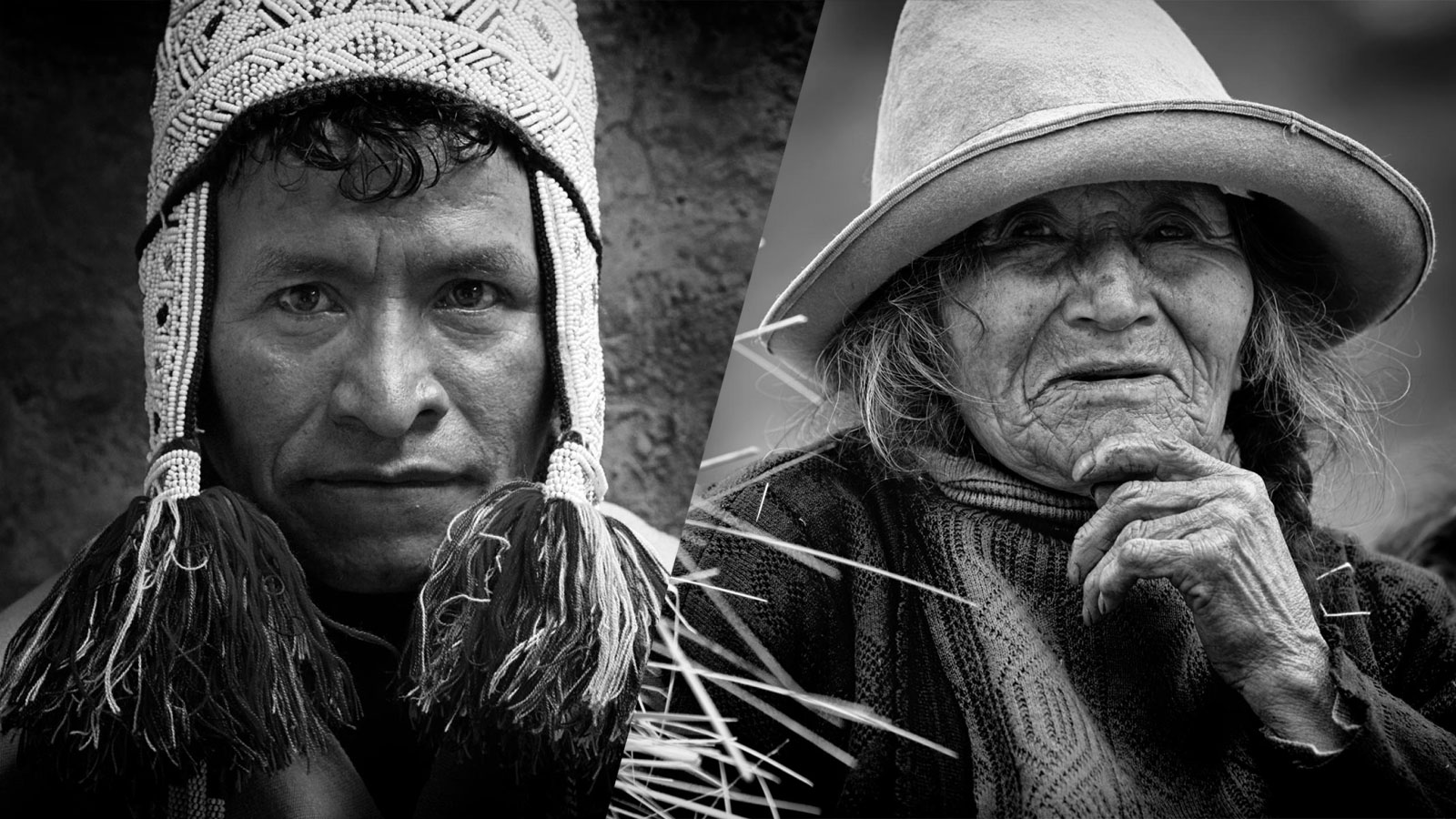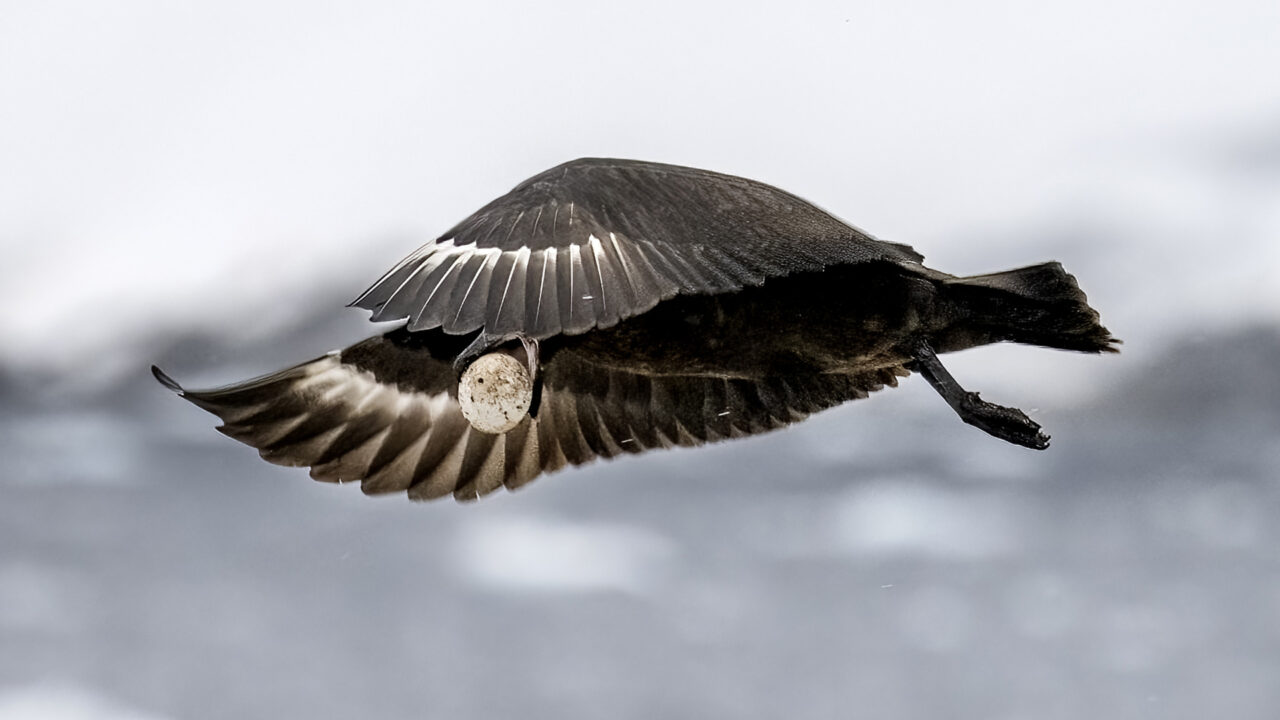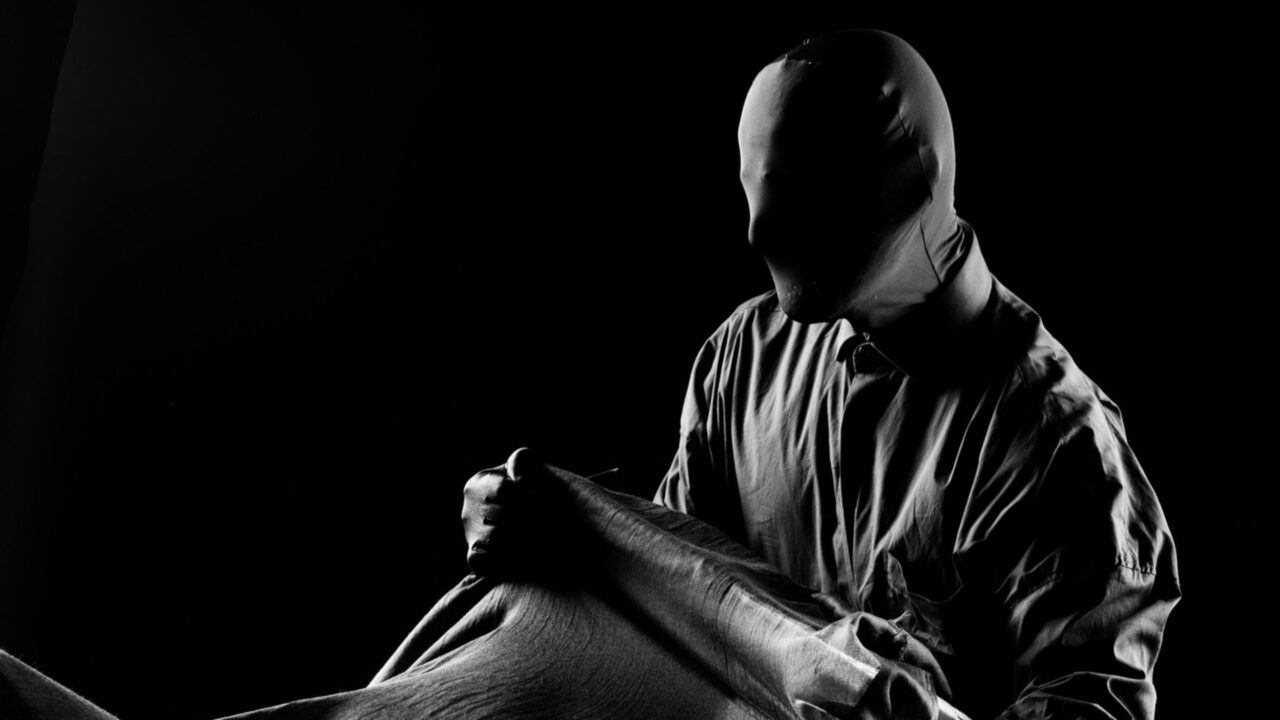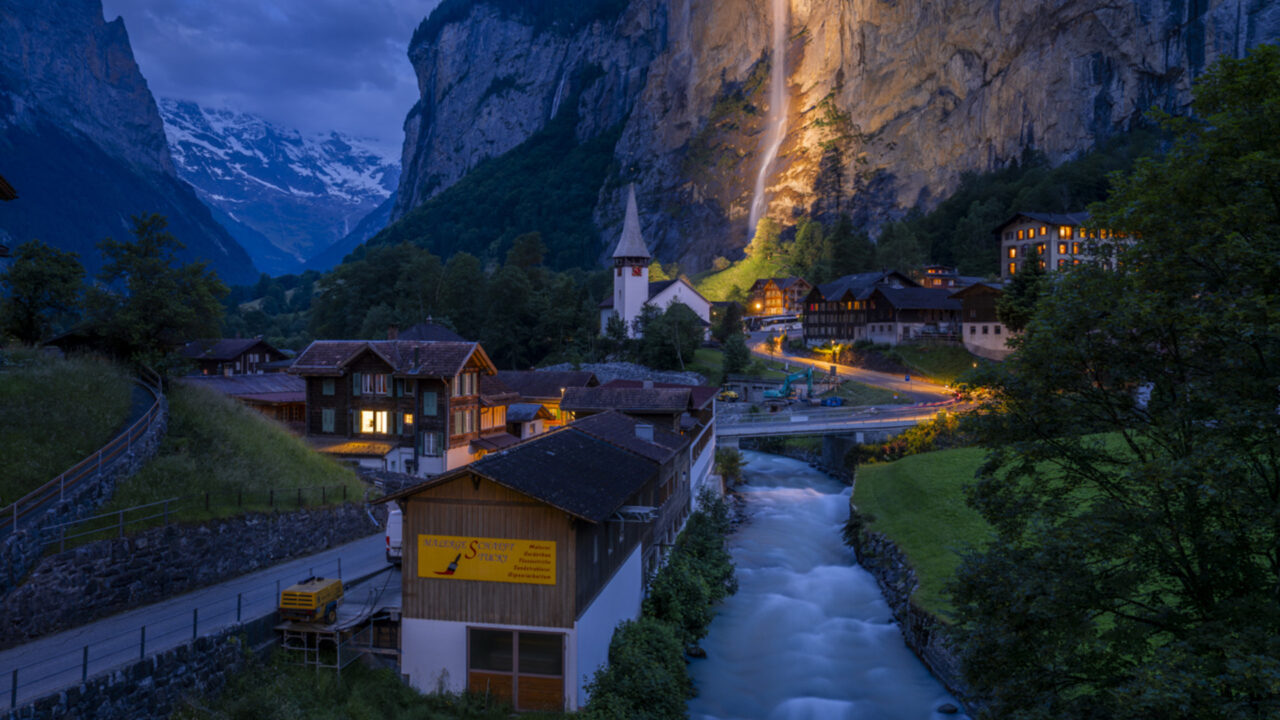The last Incas | Q’eres the People of Peru

Interview with Chu Kuan Yu, The Journey of a Graphic Design Expert
January 2, 2025
Realism and Surrealism Intertwined: The CG and Visualization Art of Joyce Jiao
January 2, 2025Indigenous Cultures of Peru
Aga Szydlik’s black-and-white series The last Incas offers a rare glimpse into the lives of the Q’ero people of Peru, considered the last descendants of the Inca. Her use of monochrome creates a sense of timelessness, making each image feel like a fragment of a long-lost era rather than a contemporary portrayal. By stripping away color, Szydlik shifts the focus to the raw details; the weathered faces, woven textiles, and enduring stone structures that define the Q’ero way of life, allowing viewers to connect deeply with a culture that appears untouched by modernity.
This choice of black and white enhances the haunting beauty of these remote Andean communities, lending an almost fragile quality to their resilience in the face of time. The absence of color not only emphasizes the fine textures and intricate details but also suggests a sense of fading history, as if these images are historical records from another age. Szydlik’s photographs evoke a quiet reverence for the Q’ero people, capturing their strength and endurance while hinting at the delicate survival of a culture resisting the eroding forces of centuries.
This photographic series offers more than just a visual representation; it captures the Q’ero people’s deep spiritual connection to the land. In their remote villages, perched high in the Peruvian Andes, the Q’ero live by principles of mutual reciprocity, respect for all living things, and harmony with nature. These values, along with their rituals and daily practices, are inherited directly from their Inca ancestors.
Szydlik’s photographs convey this profound bond with the Earth, or “Pachamama,” in scenes of farmers working the rugged land, alpaca herders trekking through mountain paths, and humble stone-built homes with grass-thatched roofs nestled against the elements.
In one image, a Q’ero elder appears against a backdrop of towering peaks, embodying the strength and endurance of the people who have inhabited this unforgiving landscape for generations. Another photograph shows the intricate patterns of Q’ero textiles, a craft and language passed down through generations, with symbols and patterns that reflect the cosmos and their deep reverence for the Earth. This weaving, like their oral traditions and rituals, tells the story of a people who have preserved their identity, despite the pressures of modernization and the constant reminder of a world outside their mountains that is moving on without them.
Through her lens, Szydlik also highlights the Q’ero’s role as custodians of a mystical heritage. Their belief in Pachamama and the ritual offerings they make to her, often in small chortan-like structures on mountain trails, are a reminder of their spiritual depth. The Q’ero’s relationship with nature is not just symbolic; it is woven into every aspect of their lives, from the alpacas they herd to the crops they grow. Szydlik’s work reveals this connection, portraying a people whose lives revolve around a philosophy of respect and reciprocity toward the natural world.
The last Incas is more than a series of photographs; it’s a tribute to the resilience of a culture that has outlasted empires and remained largely undisturbed. Aga Szydlik’s work serves as a visual archive, capturing the Q’ero as they are now, before modern influences can erode their traditions.
Her images are a reminder of what’s at stake in the rapidly changing world, and they bring attention to the importance of preserving these last echoes of Incan heritage. In this way, her series stands as both a document and a call to respect the cultures that still live in harmony with the Earth—a legacy that deserves to be remembered and honored, not forgotten.
Credits
Entry Title: The last Incas | Q'eres
Photographer: Aga Szydlik
Winning Category: Black & White Photography - People
Read more about Mt. Fuji hugged by cherry blossom here.

